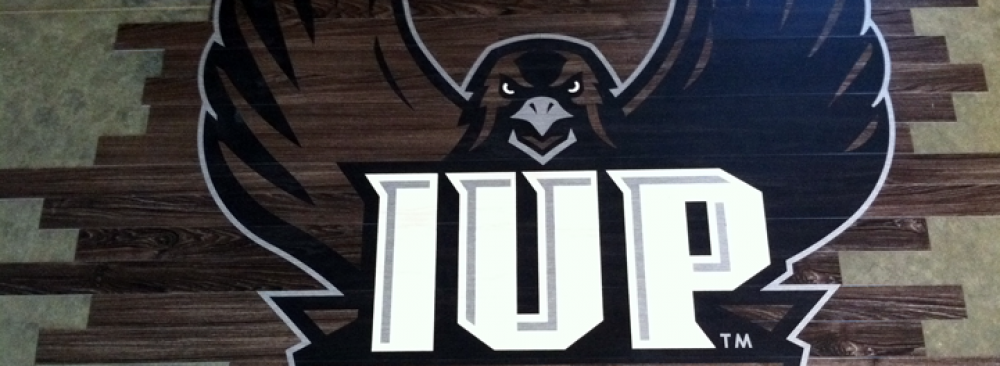Waterjet cutting and laser cutting are two of the most widely used techniques. Which one is the best among these? Well, both the cutting processes can get a good job done for you. However, there are certain factors that decide which cutting process is suitable for what applications. In this post, will discuss some of these factors.
Difference between Waterjet Cutting and Laser Cutting
There are a number of differences in the two cutting processes. Here are a few major differences between waterjet cutting and laser cutting. These differences will help you choose the right cutting process:
- Definitions: As the name suggests, waterjet cutting is a process which uses water and an abrasive to cut different types of materials. In laser cutting, a high-intensity beam is used to cut through the metal.
- Edge Finish: Laser cutting process produces heat. This heat creates a Heat Affected Zone (HAZ). This HAZ needs a secondary finish based on the requirements. On the other hand, the waterjet cutting process does not create HAZ. Thus, it does not distort the parts. Besides this, unlike laser, waterjet delivers a smooth edge finish. This eliminates the need for the secondary finishing process.
- The thickness of the Material: With the help of a waterjet machine, you can cut materials up to 3 inches thick. On the other hand, lasers can cut parts up to 0.25 inch, and metals of thickness around 11/2 inches.
- Accuracy: As far as the accuracy of cutting is concerned, laser has tolerances close to +/-.002”, whereas waterjet has tolerances as close as +/- .003”. Another factor that plays an important role in deciding which cutting process is ideal for what application, is part features. Holes that have their diameter smaller than the material’s thickness require waterjet cutting, and cannot be cut using a laser. Also, waterjet cutting can be used to cut small holes in thick materials.
- Material: Lasers have the capability to cut through various types of materials other than metals. When laser cutting is done on materials such as rubbers and plastics, they produce byproducts. On the other hand, when these materials are cut using waterjet, there no harmful byproducts are produced. Lasers find it hard to cut materials like copper and aluminum, which are highly reflective. Though the cutting speeds of laser and waterjet are almost the same, the edge quality is considerably better in case of a waterjet cutter.
- Cutting Speed: When the material thickness is less than 1 inch, waterjet machines can cut five to ten times faster compared to Electrical Discharge Machines (EDM). For non-reflective and thin materials, the cutting speed of lasers is very high. For example, consider a carbon steel material of thickness 1 inch. A waterjet, which is equipped with a 0.030-inch nozzle, can cut the material at 2.9 IPM. On the other hand, a laser that is equipped with a 3,800-W resonator and a 2-mm coaxial nozzle has the capability of cutting the material eight times faster as compared to waterjet.
- Surface Cutting: Waterjet cutting works better for flat surfaces, however, laser cutting works for squares, tubes, flat sheets, bars, and other surfaces as well.
Each type of cutting has its own advantages and disadvantages. However, usually, garnet is used as an abrasive material in waterjet cutting. Garnet being a biologically inert material, does not emit any noxious fumes, thus possesses no hazard of fires. If you are unable to make up your mind, you can always talk to an industry expert like Hydro Lazer – a leading service provider of waterjet cutting and has two decades of experience in the field. For more queries related to waterjet cutting, please feel free to reach out to us.
